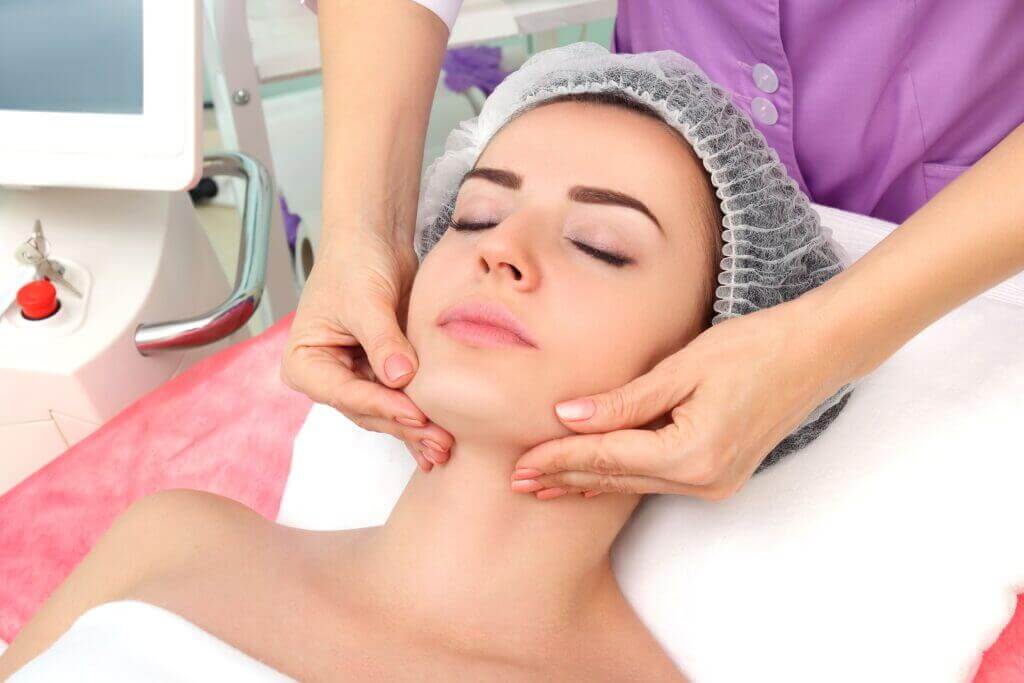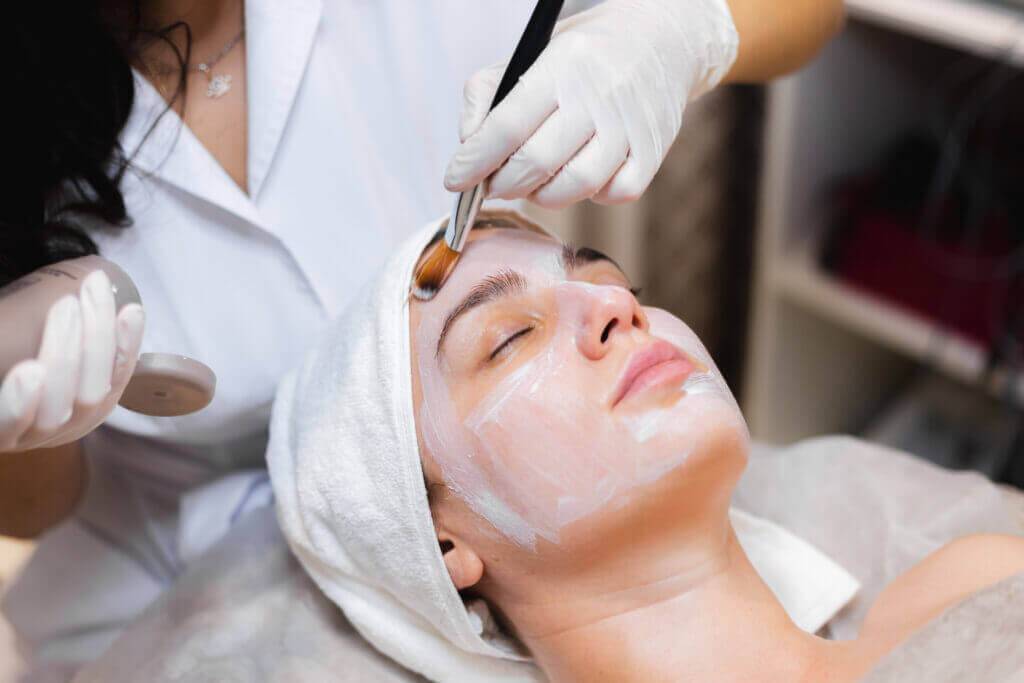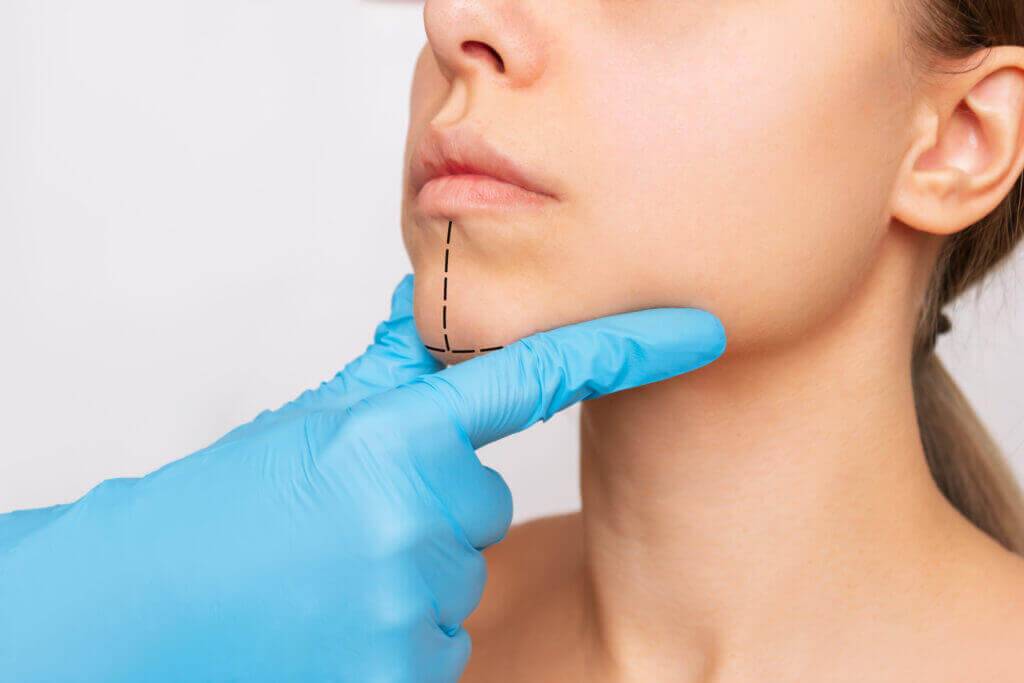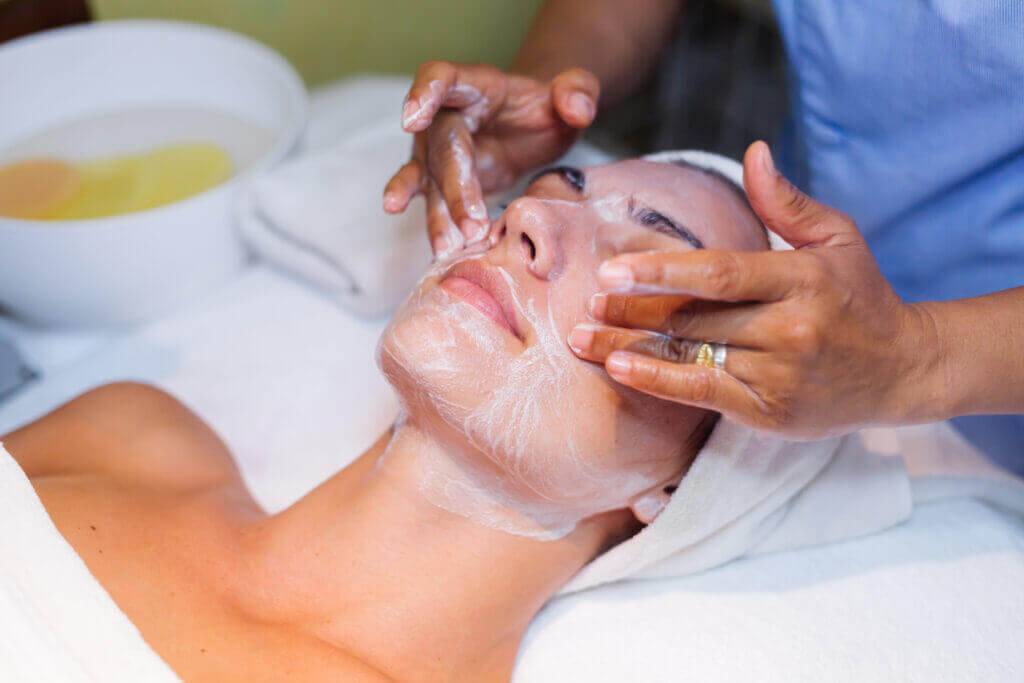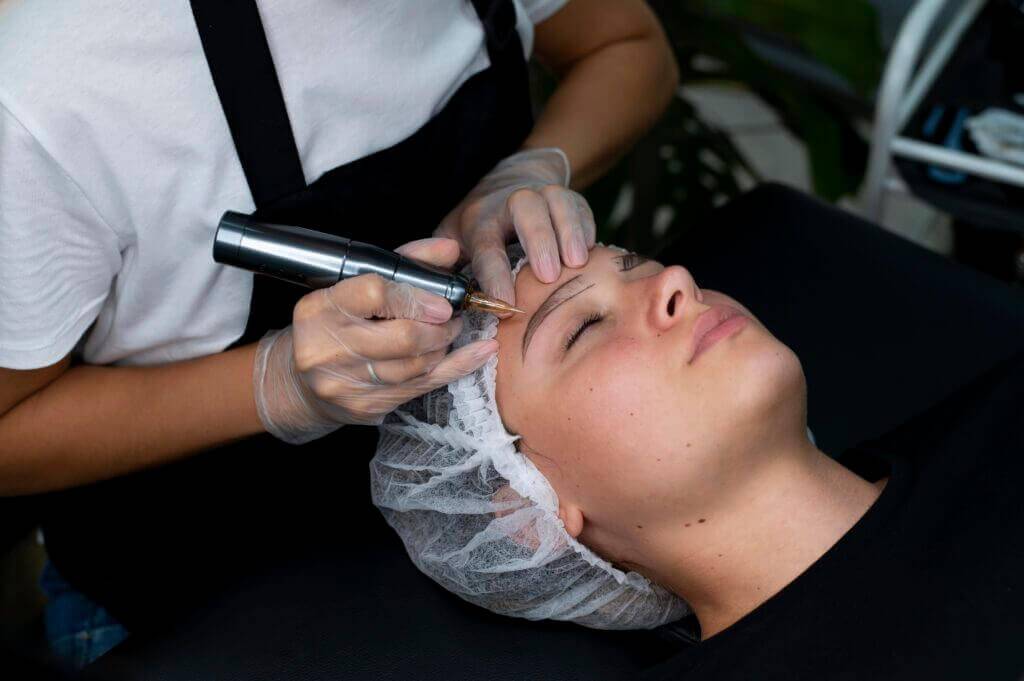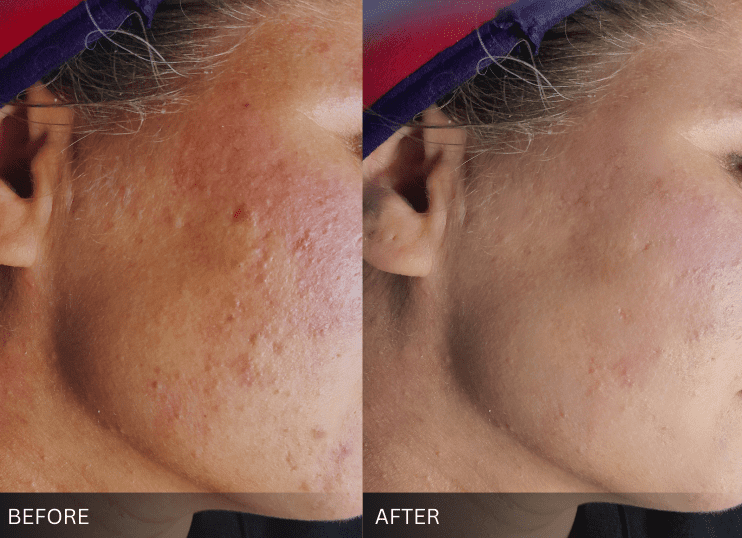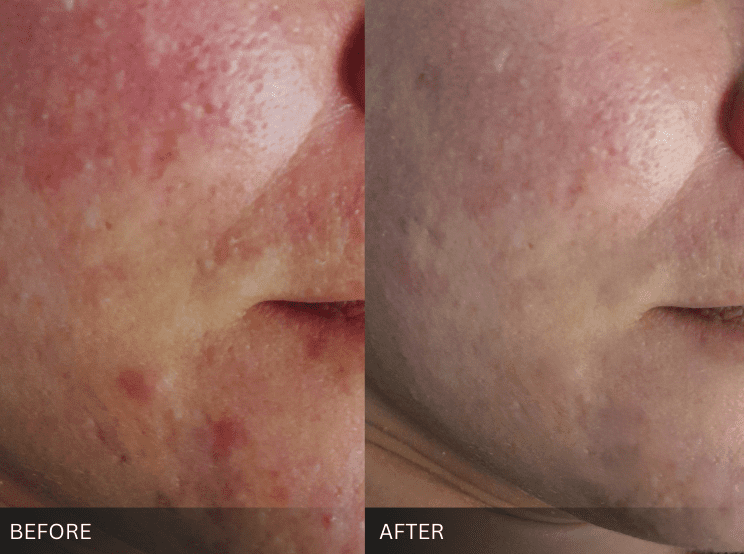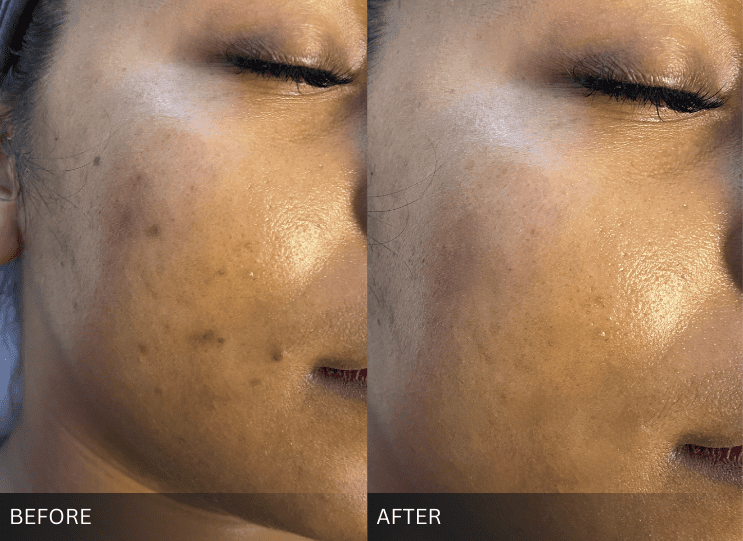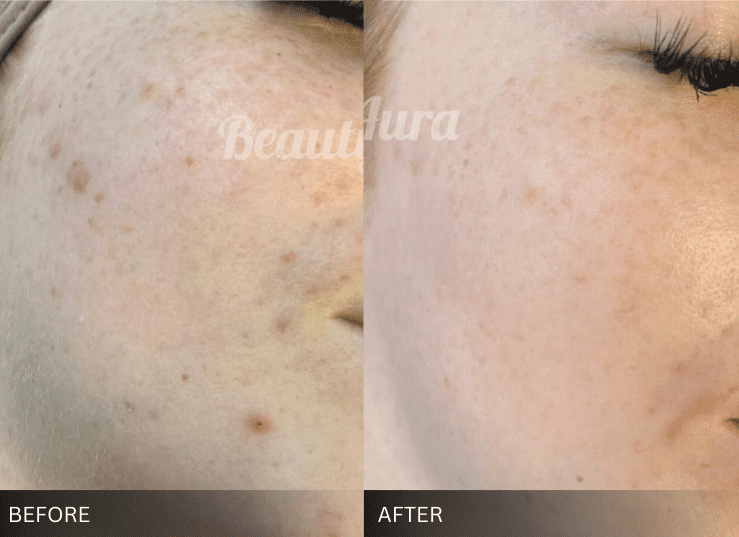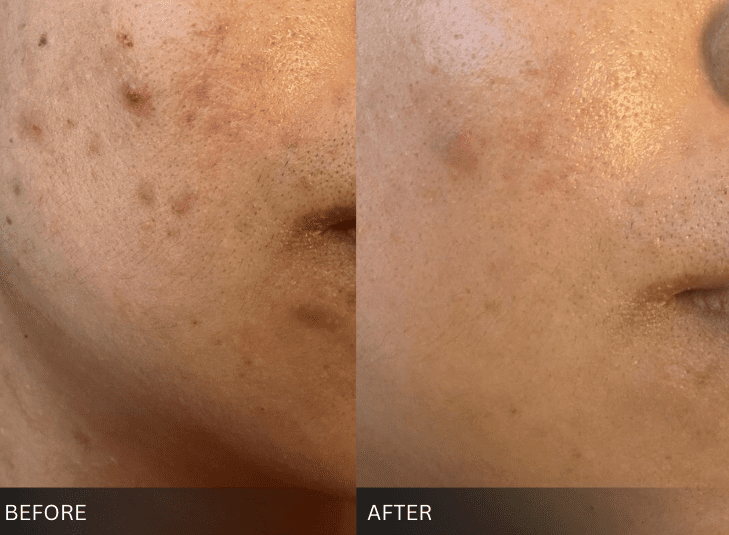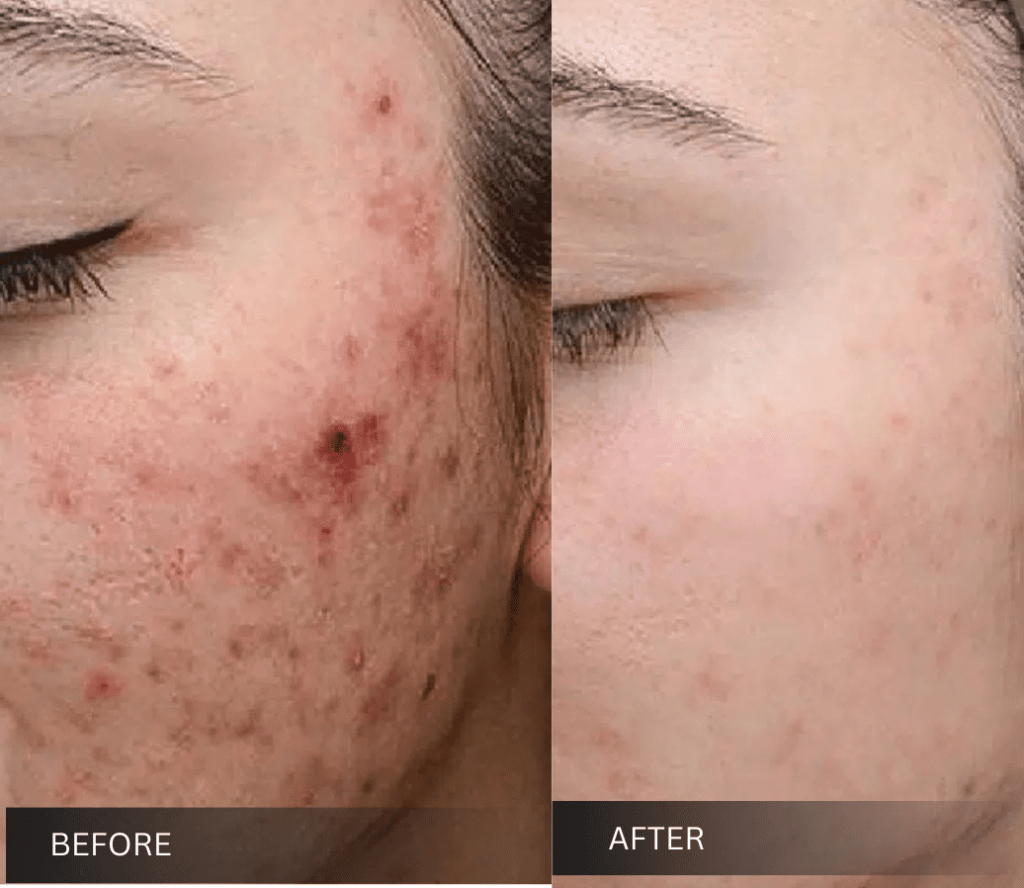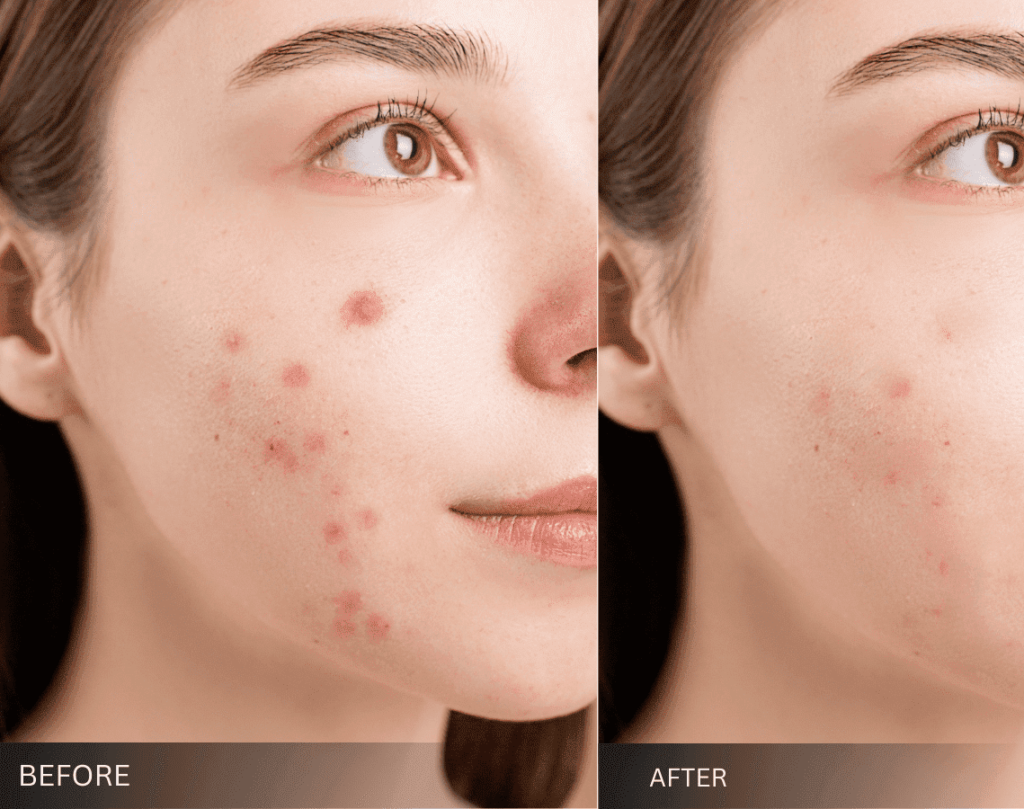Laser Hair Removal up to 50% Off
HIFU treatments up to 50% off
Lowest Price Promise
Free Consultation
Laser Hair Removal up to 50% Off
HIFU treatments up to 50% off
Lowest Price Promise
Free Consultation
Laser Hair Removal up to 50% Off
HIFU treatments up to 50% off
Lowest Price Promise
Free Consultation
Laser Hair Removal up to 50% Off
HIFU treatments up to 50% off
Lowest Price Promise
Free Consultation
Laser Hair Removal up to 50% Off
HIFU treatments up to 50% off
Lowest Price Promise
Free Consultation
Laser Hair Removal up to 50% Off
HIFU treatments up to 50% off
Lowest Price Promise
Free Consultation
Laser Hair Removal up to 50% Off
HIFU treatments up to 50% off
Lowest Price Promise
Free Consultation
Laser Hair Removal up to 50% Off
HIFU treatments up to 50% off
Lowest Price Promise
Free Consultation
- Skin Concerns
- Skin Treatments
- Laser hair removal
- Face & Body Contouring
- Spa Facial
- Grooming
- Gift Card
- Book Now
- Price

